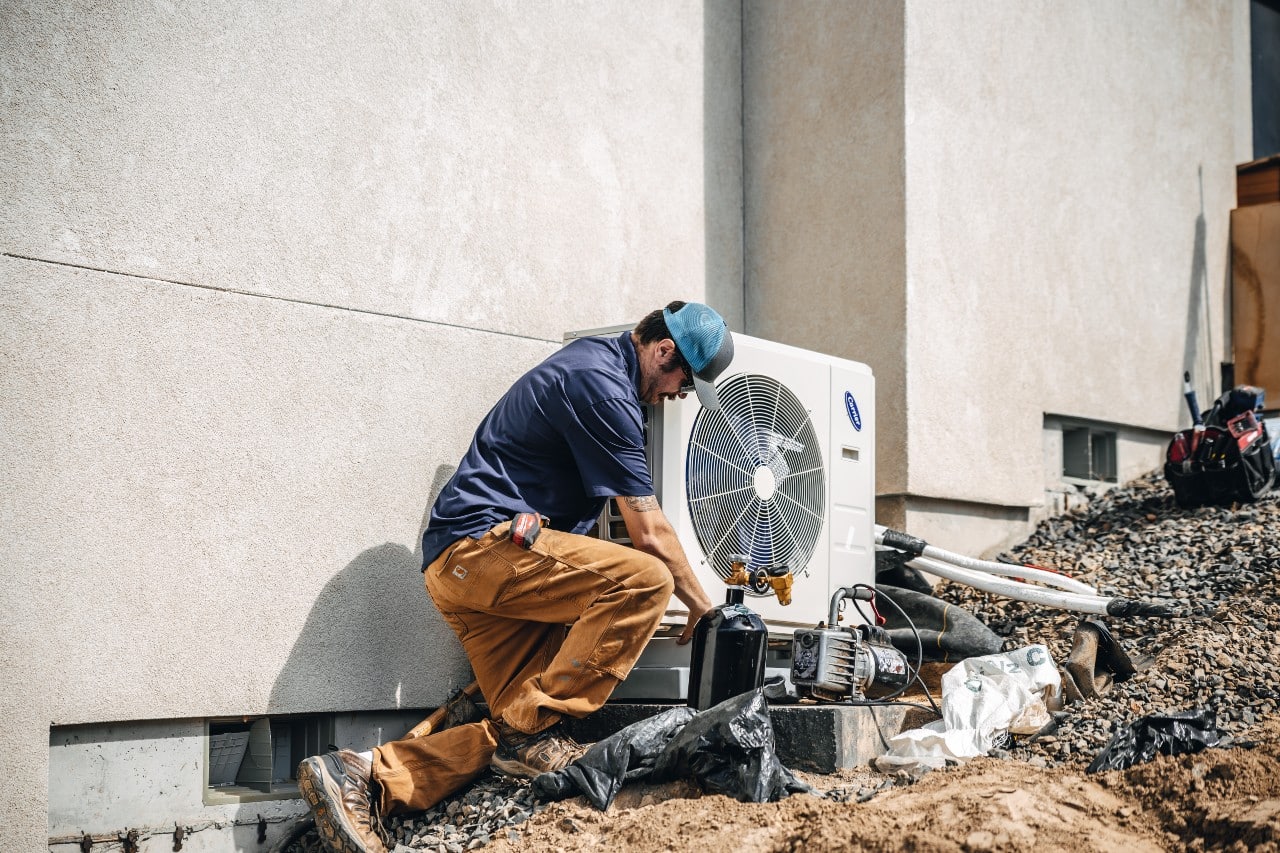Do-It-Yourself Home HVAC Repair Checklist
When an HVAC system is on the fritz, it can be a nightmare for homeowners, especially if they face a scorching summer or freezing winter when they greatly need their HVAC to run most of the day. Unfortunately, an HVAC system can be quite sensitive, with a variety of minor issues causing what appears to be a big problem. Before calling for an HVAC repair specialist to visit your home, we recommend making your way down this six-point checklist, where quick DIY solutions are possible for most homeowners.
6 Point Home DIY HVAC Repair Checklist
#1: Check the Power to the Home & Circuit
The first concern you should check if you suddenly lose power to an HVAC system is if you have power. Homeowners often don’t even realize the power has gone out in the neighborhood, especially during the day. Go flick on a light switch; if there is no power, investigate why that might be.
Keep in mind that popping a circuit breaker can also occur; it is common when homeowners are installing new appliances, setting up holiday lights, or have a teenager trying to use too many electronics at once. If you lose power, double-check your circuit breaker box to see if the switch needs to be turned back on.
If you are consistently popping the circuit to your HVAC system, you may need to reach out to your electrician to find the underlying problem before calling for HVAC repair.
#2: Replace Nasty Air Filters
HVAC air filters need to be replaced on a regular schedule, and if too long goes between a replacement, a dirty or clogged air filter can drastically mess with the operation of an HVAC unit. We recommend checking your air filter if you are seeing irregularities in your heating and cooling. As a reminder:
- 1-inch filters -> change every month
- 2-inch filters -> change every 2 months
- 4–5-inch filters -> change every 6 to 12 months
Pro Tip: Set a reminder in your calendar to change your air filters, so you never forget!
#3: Change the Batteries in the Thermostat
One of the most hilarious calls an HVAC repair specialist can get is a “power failure,” which was caused simply because the batteries needed to be changed in the thermostat. While most thermostats these days are hardwired into the wall, some utilize battery power. We recommend checking to see your thermostat’s power system type; if it is battery-operated, replace the batteries before calling for HVAC repair to determine if the most uncomplicated solution fixed the problem.
#4: Remove Any Blockages from the Vents
When making your way through your troubleshooting checklist, we recommend taking a stroll around your home to see if any vents are being blocked by furniture, décor, drapes, or other items. HVAC vents are especially sensitive to blockages, so keeping all items at least two feet away from them is advised.
Unfortunately, unknowing children or guests may plop something down in front of a vent and cause a blockage. By taking a quick stroll through the house, you can see if you need to move anything out of the vent’s way.
#5: Inspect the Outside Unit for Blockages
Is there nothing blocking the vents on the inside of your home? Blockages can also occur to outside units. It can be anything from a stray plastic bag getting stuck to natural debris like leaves, twigs, or dirt. Similar to an interior vent, it is suggested to keep a 3-foot radius of clear space around outside units.
When inspecting the outside unit, be cautious. You should always turn off the power to the unit before removing debris or washing off dirt.
Pro Tip: If your outside unit is located on a roof, we recommend calling an HVAC specialist in for an inspection if you have any concerns about climbing up there. You never want to risk your safety if you are unsteady in high places.
#6: Keep Your HVAC System at an Appropriate Temperature
The rule of thumb for home heating and cooling is to keep the house’s internal temperature within 20 degrees of the external temperature. For example, if it is 95 degrees outside, your thermostat shouldn’t go below 75 degrees. Whether heating or cooling, anything higher than a 20-degree difference may cause your system to short-circuit and drastically increase your energy bills.
We recommend using home cooling and heating tricks to prevent excess strain on your HVAC unit. A few ways to do this would be to utilize window coverings to keep heat in or out, install weather stripping around doors and windows, and turn on fans to induce a wind chill.
 Not Any of These? Okay, Now Call for Assistance!
Not Any of These? Okay, Now Call for Assistance!
If you have problems with your HVAC unit and have made it through this entire list without finding a solution, it is time to call for HVAC repair.
Apollo Heating & Air Conditioning has served Kennewick, Richland, Pasco, and all Columbia Basin homes since 1981. Our expert technicians will identify your problem and provide honest and efficient solutions to ensure your system is back up and running in no time. To schedule a service appointment for your HVAC system, please complete our form today.
If your HVAC system is on its last legs, with no amount of HVAC repairs available to keep it alive? It may be time for a replacement. Give us a call today to get a free estimate.




 Not Any of These? Okay, Now Call for Assistance!
Not Any of These? Okay, Now Call for Assistance!
